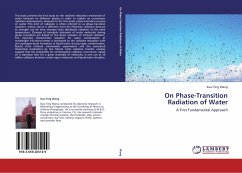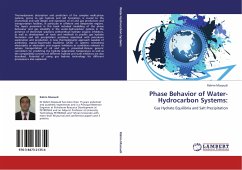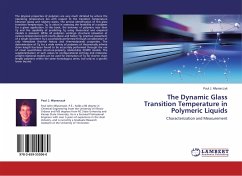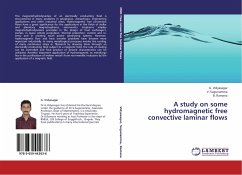This book presents the first study on the radiative relaxation mechanism of water between its different phases in order to explain an uncommon radiation phenomenon observed in the first-order phase-transition process of water. This kind of radiation is often referred to as phase-transition radiation, whose nature is different from the Planckian radiation because its strength can be even stronger than blackbody radiation at the same temperature. Changes of energetic behaviors of water molecules during phase transitions are linked to the direct emission of infrared radiation. The reported characteristic radiation for vapor condensation at wavelength 4-8 micron-meter is attributed to the radiative relaxation with one hydrogen-bond formation in liquid-water during vapor condensation. Results from infrared transmission experiments and the associated theoretical predictions by the Monte Carlo radiative transfer analysis suggest that the probability for condensation radiation occurrence, based on a statistical view for a great ensemble of molecules, is one out of 20 million collisions between water-vapor molecules and liquid-water droplets.
Hinweis: Dieser Artikel kann nur an eine deutsche Lieferadresse ausgeliefert werden.
Hinweis: Dieser Artikel kann nur an eine deutsche Lieferadresse ausgeliefert werden.








